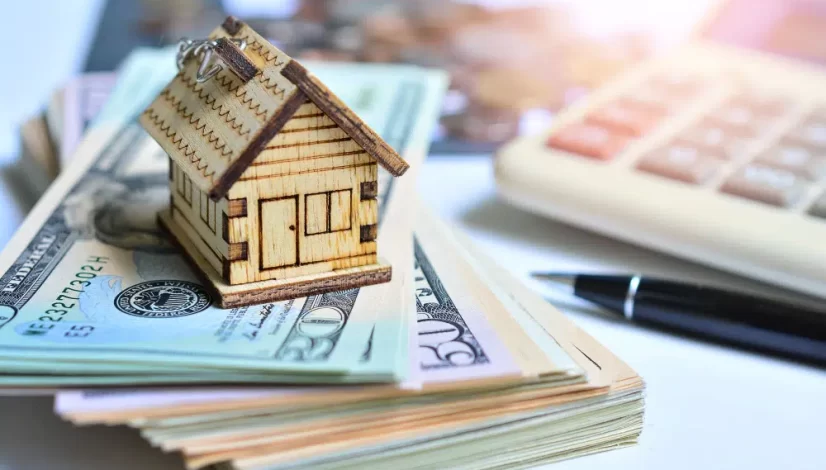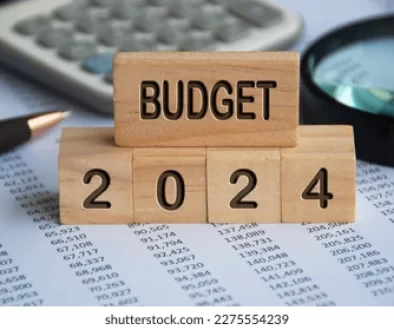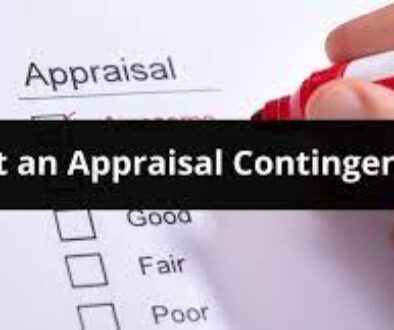Lender Credit
What Is A Lender Credit?
During the last stages of your loan, your mortgage lender will pay for necessary services such as a home appraisal and any pest inspections that your state may require. The lender then charges these services to you in the form of closing costs.
If your lender offers you credits, it means they’ll absorb your closing costs and shoulder the costs themselves. In exchange, you pay less upfront but agree to take on a higher interest rate than you would get if you were to pay the closing costs yourself out of your own funds.
The amount that your interest rate increases depends on how many credits you take.
How Are Lender Credits Determined?
Lender credits are like the inverse of discounts points, which allow people to pay more money upfront to reduce their interest rate. Lender credits are generally determined and calculated as a percentage of the loan amount.
Both lender credits and mortgage points will appear on your Closing Disclosure or loan estimate if you choose this option. By speaking with a loan officer or mortgage broker, you’ll be able to determine what option is the most suitable for you.
Closing costs can be more expensive than you might anticipate. They typically equal 3 – 6% of your total loan value when purchasing a home. That means if you buy a home with a $200,000 loan, you can expect to pay an additional $6,000 – $12,000 in closing costs. These costs come in addition to anything that you pay in a down payment.
Are Lender Credits Worth It?
Lender credits can provide a great opportunity for homeowners short on cash. However, it’s important to remember that lender credits aren’t free money. You pay for anything you take out in credits over the course of your loan when the lender increases your interest rate.
Your monthly mortgage payment may only increase by a few dollars each month, but this small increase can add up to thousands of dollars in a short amount of time. Let’s look at an example.
Lender Credits Example
Let’s say you want to buy a home with a $200,000 principal loan balance and a 30-year term at 4%. Your lender tells you that when you close, you’ll need to pay $6,000 in closing costs. You can take on an interest rate of 4.25% if you don’t want to cover your closing costs.
The only thing you need to pay for is a down payment in exchange for accepting higher interest rates. You may not have this money on hand after calculating your down payment, so you decide to take the lender credits.Your monthly payment is $983.88 because you took the lender credits. By the time your loan matures and you own your home, you’ll have paid your lender $154,196.73 in interest.
Now, let’s look at what you’d pay if you had covered your own closing costs. You’d pay $6,000 to your lender upfront at 4% – paying your own closing costs means a lower interest rate. In this example, your monthly payment would be $954.83. That’s just under $30 less per month than the higher APR.
Over the course of your loan, you pay a total of $143,738.99 in interest. Even after you subtract the $6,000 you paid in closing costs when you took your loan, this loan is over $4,500 less expensive. Even a small increase in your APR makes a big difference in how much you end up paying.
Benefits Of Lender Credits
Lender credits can offer some powerful benefits, especially if you’re short on cash. Here are some:
- You pay less upfront to your lender. The major benefit of lender credits is that they allow you to close on your mortgage loan without paying thousands in closing costs. The average home buyer pays about 3 – 6% of their loan’s value in closing costs, which can quickly add up to thousands of dollars.
- You may be able to buy a home sooner. Credits can mean the difference between closing now and more months of saving. Depending on the cost of your rent, the additional cost in interest could be partially offset by savings in monthly rent payments.
- You may be able to avoid PMI.If you’re getting a conventional loan, your lender will require you to pay private mortgage insurance if you don’t have at least 20% to put down on your home loan during closing. PMI is a type of protection that safeguards your lender if you stop making your loan payments.
- You can apply the money you would have paid in closing costs toward your down payment. This can be more financially beneficial for you in a couple ways. First, the higher your down payment, the lower your potential interest rate. Additionally, the premiums for PMI are bucketed based on the size of your down payment. If you can make a slightly higher down payment to get into a lower bucket, you may not have to pay as much for PMI.
- Your monthly payment may increase. Depending on how many credits you take, your monthly payment may only rise by a few dollars. If you’re like most home buyers, paying an extra $30 a month toward your mortgage is much more feasible than coming up with $6,000 or more to close.
- You can save money by selling your home soon after buying. The main drawback of a higher interest rate is that you pay more for your loan as it matures. Let’s say you plan to sell your home or refinance in a few years. You might end up paying just a few hundred dollars more in interest. When you compare this amount to the thousands you may pay during closing, you save money using credits.
Things To Consider
There are a few factors to consider before you accept those credits:
- Credits mean you could pay thousands more for your loan. Using credits can save you money if you’re only planning on living in your home for a few years. However, if you live there for a long time, you’ll end up paying more over the life of your loan. Even a small percentage increase can mean spending thousands more on a home loan. This is especially true if you take on a 30-year mortgage. The longer you plan on living in your home, the more you’ll pay in interest.
- Lender credits could increase refi closing costs and future closing costs. Planning to refinance your loan in a few years when interest rates drop? Remember that the costs of refinancing ncludes closing costs. When refinancing, you can expect to pay 2% – 6% of the total value of your loan. Since lender credits raise the loan’s value, they’ll also raise the price of future closing costs, which will be a percentage of that loan.
There are other, more affordable ways to save on closing costs besides taking on a permanently higher interest rate. For example, you can ask the seller to pay a percentage of your closing costs.
If the seller really wants to close the sale, they may be willing to pay a portion of your closing costs to seal the deal. This is known as a seller concession.Alternatively, if your seller doesn’t have the cash on hand, you may be able to convince them to accept a lower final selling price.




